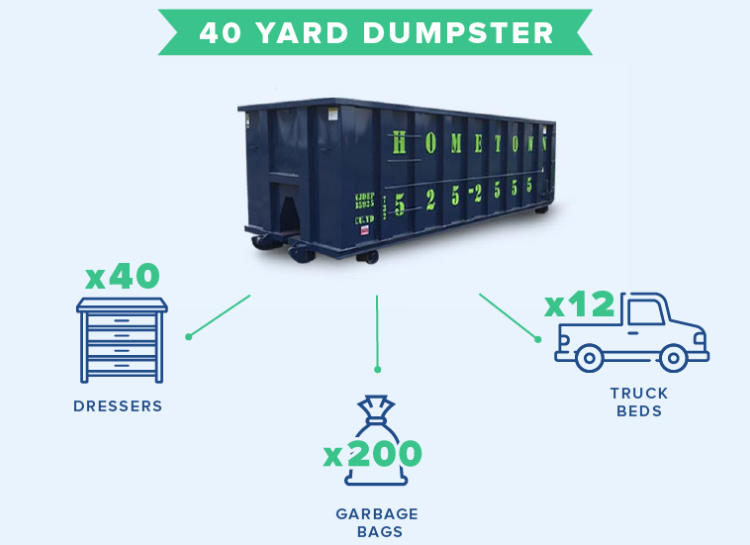A Complete Guide To Identifying The Perfect Dumpster Dimension For Your Project
A Complete Guide To Identifying The Perfect Dumpster Dimension For Your Project
Blog Article
Authored By-Cabrera Hunter
When embarking on a project that requires a dumpster, the size you choose can significantly influence its effectiveness and cost-effectiveness. Picture having the excellent container that fits all your waste without being excessively huge or too small. Everything starts with recognizing the nuances of your job and picking a dumpster size that straightens with your particular needs. So, prior to how much does it cost to get a dumpster make a decision, consider the aspects at play to make sure a seamless waste administration process from beginning to end.
Elements to Think about
When deciding on the ideal dumpster size, there are several essential variables to consider.
Initially, consider the kind of waste you'll be throwing away. Various products might need varying quantities of space, so comprehending what you'll be placing in the dumpster is important.
Next off, analyze the amount of waste you expect to create. If you ignore the volume, you might need to make several journeys to deal with everything, which can be troublesome and expensive. On the other hand, renting a dumpster that's as well big can lead to unnecessary expenditures.
Additionally, think about the room where the dumpster will be put. Ensure there's enough area for the dumpster to be supplied and gotten without any obstructions.
Finally, consider any type of weight limitations that might use. Going beyond the weight limit can lead to extra costs and even the rejection of service.
Dumpster Dimension Choices
For choosing the appropriate dumpster dimension, it's necessary to have a good understanding of the readily available alternatives. Dumpster dimensions commonly vary from 10 to 40 cubic yards, with variations in between.
A 10-yard dumpster is suitable for tiny projects like a garage cleanout or a tiny improvement. If you're taking on a medium-sized project such as a kitchen remodel or a cellar cleanout, a 20-yard dumpster might be the right option.
For larger projects like a whole-house improvement or business building and construction, a 30 or 40-yard dumpster could be better to suit the volume of waste created.
When selecting https://www.prunderground.com/priority-waste-of-southfield-publishes-report-on-cost-effectiveness-of-dumpster-rentals-versus-junk-removal-services/00284367/ , take into consideration the amount and kind of debris you anticipate to deal with. It's much better to choose a somewhat larger dimension if you're unsure to stop overfilling. Remember, it's more cost-effective to rent a dumpster that fits your requirements instead of having to buy an additional one.
Matching Dimension to Project
Efficiently matching the dumpster size to your task is crucial for reliable waste administration. To identify the appropriate size, take into consideration the scope and nature of your job.
For tiny family cleanouts or renovations, a 10-yard dumpster might be adequate. These are generally 12 feet long and can hold around 4 pickup tons of waste.
For larger jobs like redesigning numerous areas or cleaning out a large estate, a 20-yard dumpster could be better. These are around 22 feet long and can hold about 8 pickup lots.
If you're tackling a significant construction job or commercial renovation, a 30-yard dumpster could be the most effective fit. These dumpsters are about 22 feet long and can accommodate about 12 pickup tons of debris.
Matching the dumpster dimension to your job guarantees you have enough space for all waste materials without paying too much for extra capacity.
rent a dumpster prices , picking the best dumpster dimension for your task is critical for efficient waste disposal. By thinking about factors like the type and quantity of waste, area schedule, weight constraints, and spending plan constraints, you can guarantee you have the ideal dimension dumpster for your needs. Ensure to match the dimension of the dumpster to the scope and nature of your project to stay clear of overspending on unnecessary costs.
